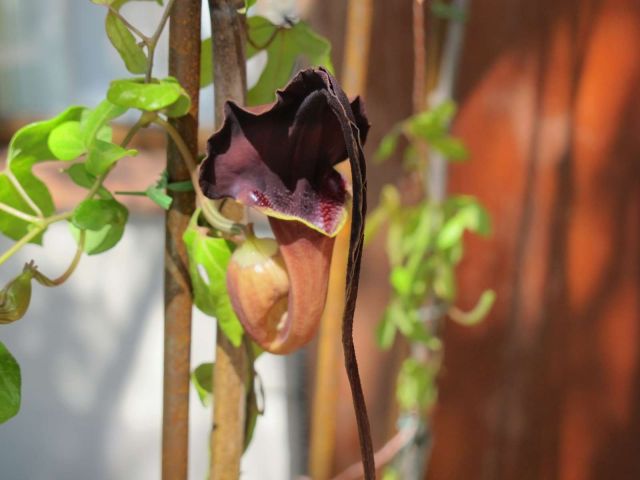Trithor
Chico (..... the clown)
At long last this plant has started to grow. It sulked while it was in the greenhouse, and at long last started to grow when I moved it outdoors.
 Uploaded with ImageShack.com
Uploaded with ImageShack.com
 Uploaded with ImageShack.com
Uploaded with ImageShack.com
 Uploaded with ImageShack.com
Uploaded with ImageShack.comCool! Does it make seeds?
Finger's crossed! I googled Aristolochia and found many other species in the Genus; but, none that looked like this one. It's quite unique.
I can now confirm that these flowers stink. They have no smell at dawn or dusk, but have a foetid odour in the heat of the day.
The fragrance from my A. gigantea flowers is not totally unpleasant, a mix of good and bad smells. But I have not seen any pollinators looking at the flowers.
Enter your email address to join: